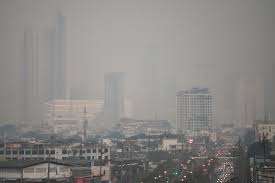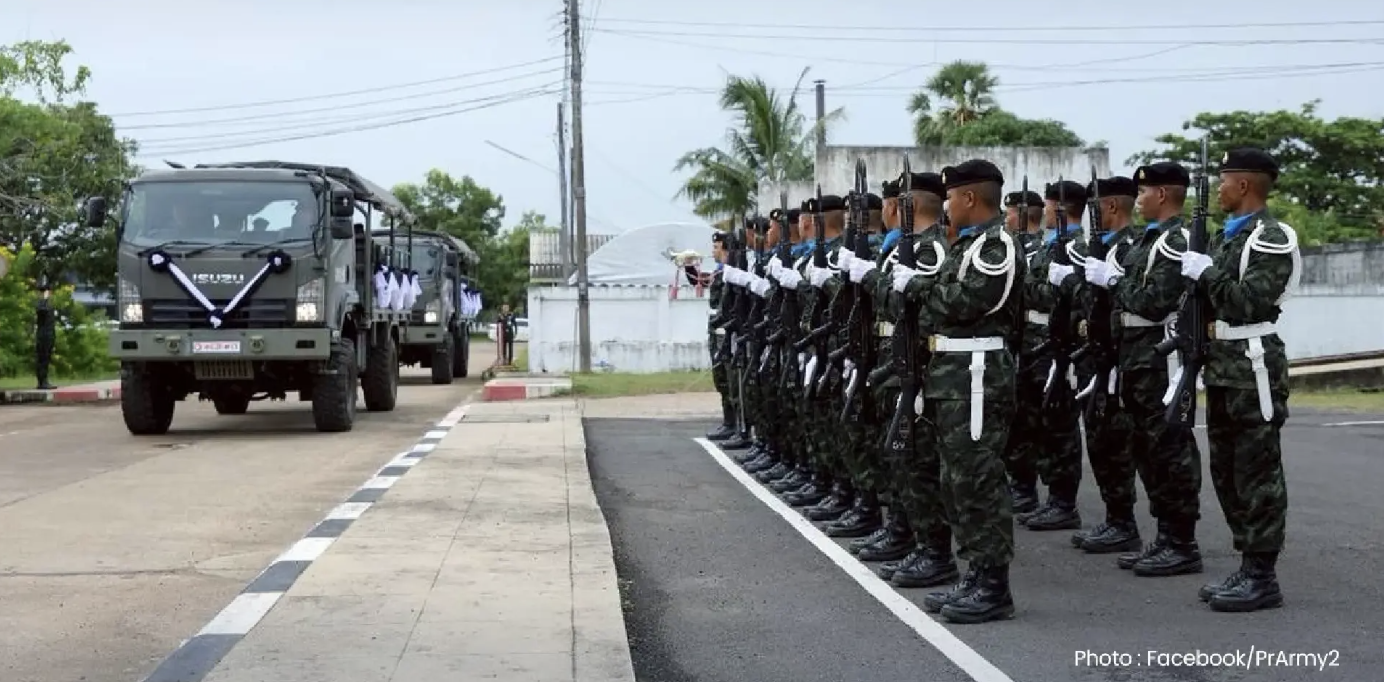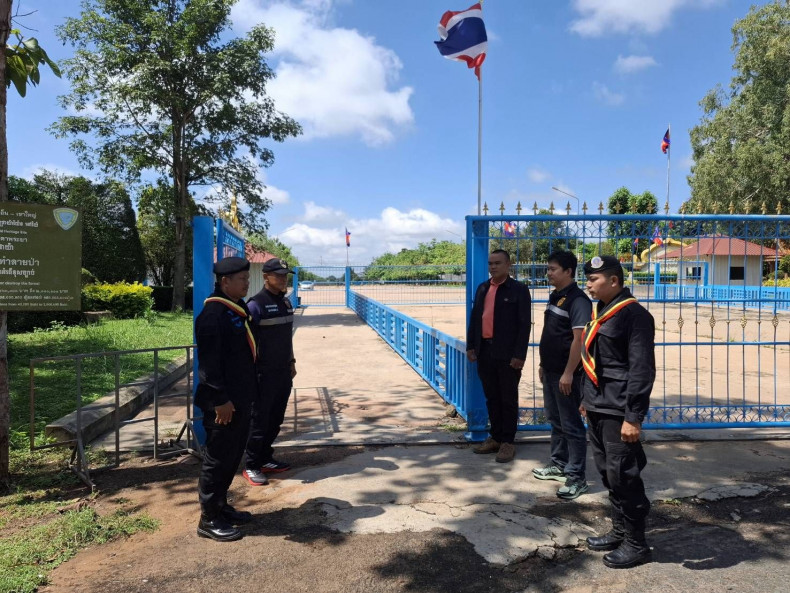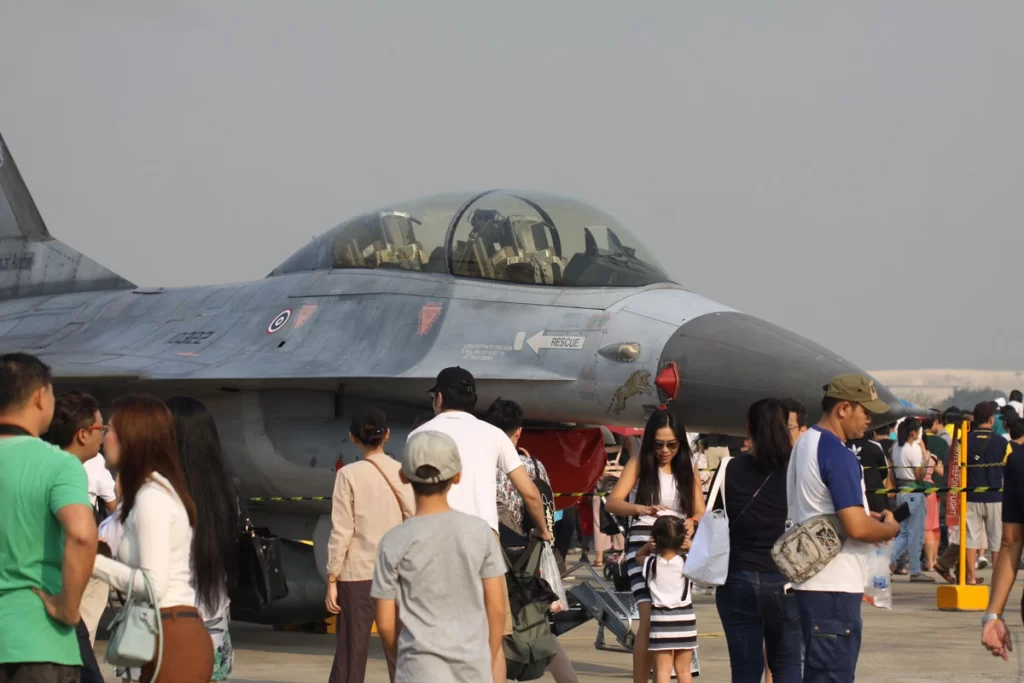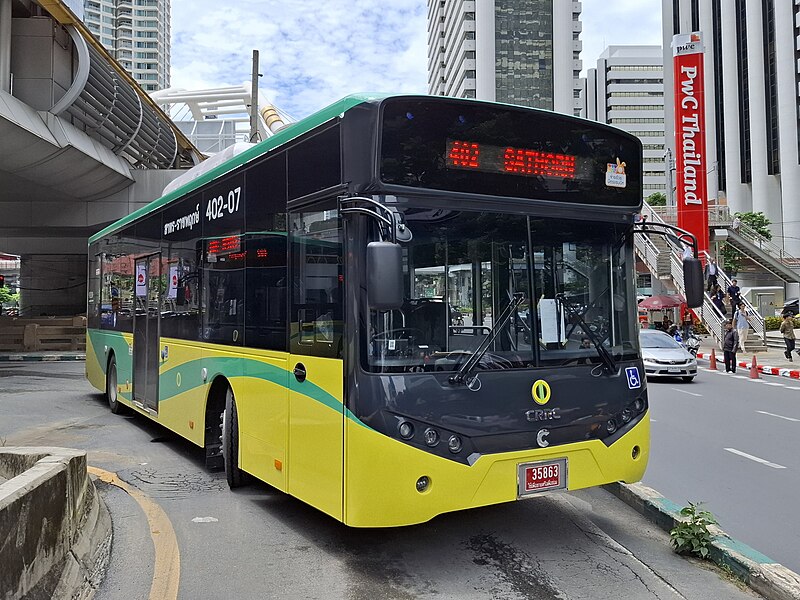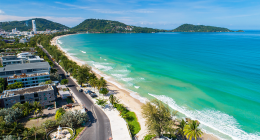Wildfire Ravages Khao Chom Hae, Threatens Air Quality
Over 20,000 Rai of Forest Affected
A devastating wildfire at Khao Chom Hae in Rayong has been raging for more than five days, raising significant concerns about air pollution in the eastern Thai province and surrounding areas. The blaze has already consumed approximately 30% of the forest, spreading across 20,000 rai (7,900 acres) in the districts of Nikhom Phatthana, Ban Chang, and Muang.
Challenging Terrain Hinders Firefighting Efforts
Firefighters are struggling to contain the wildfire due to the difficult terrain, which requires teams to hike up steep slopes to establish firebreaks. Volunteer driver Kittipong Bamrungphong, 57, noted that while off-road vehicles are used to transport personnel, firefighters still face arduous hikes to reach the flames. Strong winds have further complicated containment efforts, sparking fears for nearby homes and prompting residents to call for helicopter assistance.
Air Pollution Crisis: PM2.5 Levels Soar
Health Risks and Safety Measures
The wildfire has significantly increased levels of fine particulate matter smaller than 2.5 microns (PM2.5) in Rayong, leading to respiratory issues among residents. Authorities have advised people to wear masks and limit outdoor activities to protect their health. As of 4 pm on Saturday, the 24-hour average PM2.5 reading in Rayong was 80 microgrammes per cubic metre of air (µg/m³), more than double the unhealthy threshold of 37.5µg/m³, according to the Geo-Informatics and Space Technology Development Agency (Gistda).
Bangkok Faces Economic and Health Fallout
Meanwhile, Bangkok is grappling with its own air pollution crisis. Kasikorn Research Centre (KResearch) estimates that worsening air quality has cost the city’s economy at least 3 billion baht this month. This figure includes medical expenses for respiratory illnesses, as well as the cost of protective masks and air purifiers. While these expenses benefit certain businesses, they represent an economic opportunity cost, as the funds could have been spent elsewhere.
Long-Term Consequences of Air Pollution
Chronic Health Risks and Tourism Impact
KResearch has highlighted the long-term consequences of air pollution, including chronic health risks, mental health issues, and damage to Thailand’s reputation as a business and tourism hub. These impacts are difficult to quantify but could have far-reaching effects on the country’s economy and public health.
Bangkok’s Red Zones and Free Public Transport Initiative
As of 4 pm on Saturday, 40 out of 50 districts in Bangkok were classified as red zones, with PM2.5 readings exceeding 75µg/m³—twice the safe limit. To combat the crisis, authorities have launched a one-week initiative offering free public transport on all buses and electric rail lines in the capital. The program, estimated to cost taxpayers 140 million baht, aims to reduce private vehicle use and cut down emissions.
Call for Regional Action on PM2.5
Phumtham Advocates for Collaborative Solutions
The ongoing air pollution crisis has prompted calls for regional action on PM2.5. Deputy Prime Minister Phumtham Wechayachai has emphasized the need for collaborative efforts to address the issue, which continues to affect most of Thailand. With smog levels remaining dangerously high, the government is under pressure to implement long-term solutions to protect public health and the economy.
Residents Urge Immediate Intervention
As the wildfire in Rayong continues to burn and air pollution worsens, residents are urging authorities to take immediate action. The deployment of helicopters to combat the blaze and stricter measures to reduce emissions are among the top demands. The situation underscores the urgent need for comprehensive strategies to tackle both wildfires and air pollution in Thailand.
